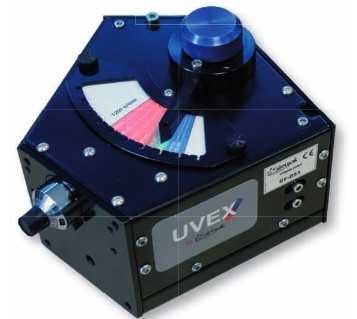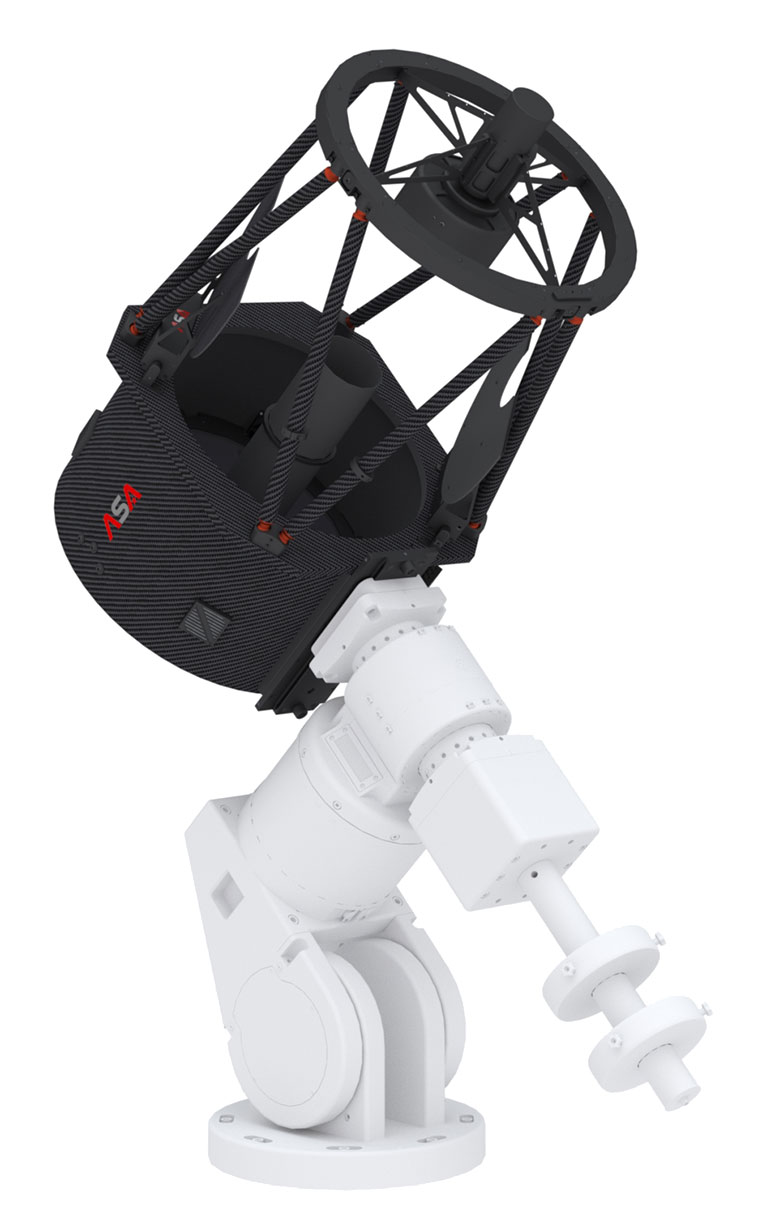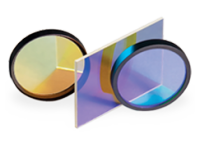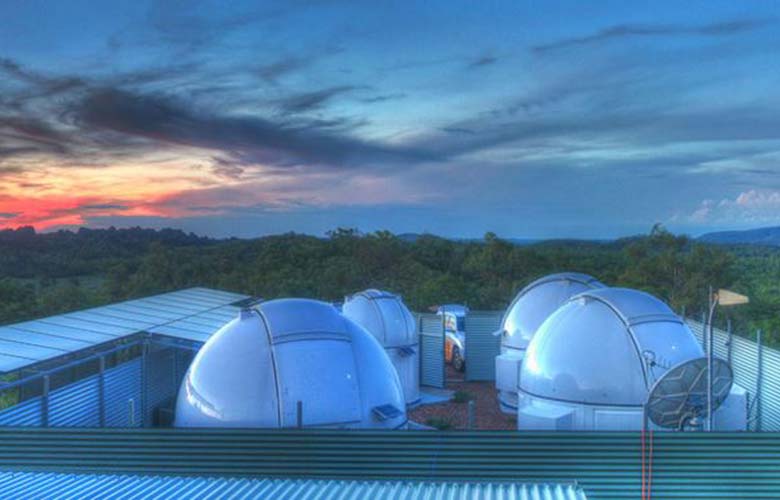Download speed
C5 cameras are equipped with on-board RAM, capable to hold several full-resolution frames. Downloading of the image to the host computer thus does not influence image digitization process, as the download only transfers already digitized images from camera memory.
Time needed to digitize and download single full frame depends on USB connection type.
| Model | C5A/C5S-100M | C5A/C5S-150M |
| Full-frame, USB 3.0 (5 Gbps) | 0.66 s | 0.95 s |
| Full-frame, USB 2.0 (480 Mbps) | 5.57 s | 6.80 s |
If only a sub-frame is read, time needed to digitize and download image is naturally lower. However, the download time is not cut proportionally to number of pixels thanks to some fixed overhead time, independent on the sub-frame dimensions.
| Model | C5A/C5S-100M | C5A/C5S-150M |
| 1024 × 1024 sub-frame, USB 3.0 (5 Gbps) | 0.05 s | 0.05 s |
| 1024 × 1024 sub-frame, USB 2.0 (480 Mbps) | 0.07 s | 0.07 s |
| Warning:
The driver is sometimes forced to read bigger portions of the sensor than the user defined because of a sub-frame position and dimension limitations imposed by the sensor hardware. Sometimes it is even necessary to read the whole sensor. |
| Hint:
It is recommended to click the Adjust Frame button in the Frame tab of the SIPS camera control tool. The selected frame dimensions are then adjusted according to sensor limitations. Adjusted frame is then read from the sensor, without a necessity to read a bigger portions or even whole sensor and crop image in firmware. |
C5 camera electronics supports in-camera 2 × 2 binning. If this binning mode is used, download speed increases because of less amount of data read from camera.
| Model | C5A/C5S-100M | C5A/C5S-150M |
| Full-frame 2 × 2 HW binning, USB 3.0 (5 Gbps) | 0.43 s | 0.60 s |
| Full-frame 2 × 2 HW binning, USB 2.0 (480 Mbps) | 1.15 s | 1.71 s |
Download speed when using the Moravian Camera Ethernet Adapter depends if the 100 Mbps or 1 Gbps Ethernet is used, if USB 2 or USB 3 is used to connect camera to Ethernet Adapter device, but also depends on the particular network utilization etc. When the camera is connected to the Ethernet Adapter using USB 3 and 1 Gbps Ethernet is directly connected to the host PC, download time of the C3-61000 full frame is approx. 2.5 s.
Camera gain
Sensors used in C3 cameras offer programmable gain from 0 to 36 dB, which translates to the output signal multiplication from 1× to 63×.
| Remark: Note the C3 camera firmware supports only analog gain, which means real amplification of the signal prior to its digitization. The used sensors support also digital gain control, which is only numerical operation, bringing no real benefit for astronomical camera. Any such operation can be performed later during image processing if desired. |
Camera driver accepts gain as a number in the range 0 to 4030, which corresponds directly to sensor register value. This number does not represent gain in dB nor it is an exact gain multiply. However, the driver offers a function, which transforms the gain numerical value to gain expressed in dB as well as multiply. Some selected values are shown in the table:
| Gain number | Gain in dB | Gain multiply |
| 0 | 0.00 | 1.00× |
| 1000 | 2.34 | 1.32× |
| 2000 | 5.82 | 1.95× |
| 3000 | 11.46 | 3.74× |
| 4000 | 32.69 | 43.11× |
| 4030 | 35.99 | 63.00× |
Conversion factors and read noise
Generally, many sensor characteristics depend on the used gain. Also, the used sensors employ two conversion paths. One path offers very low read noise, but cannot utilize full sensor dynamic range. Another conversion path offers maximum pixel capacity, but at the price of higher read noise. The cross point is set to gain 3× (approx. 10 dB), where the full well capacity drops from more than 50 ke- to ~17 ke-. The read noise then drops from ~3.2 e- RMS to ~1.5 e- RMS.
| Gain number | Gain in dB | Gain multiply | Conversion factor | Read noise RMS | Full well capacity |
| 0 | 0.0 dB | 1× | 0.76 e-/ADU | 3.52 e- | 50,000 e- |
| 2749 | 9.7 dB | 3× | 0.25 e-/ADU | 3.13 e- | 16,500 e- |
| 2750 | 9.7 dB | 3× | 0.25 e-/ADU | 1.51 e- | 16,500 e- |
| 4030 | 36.0 dB | 63× | 0.17 e-/ADU | 1.44 e- | 11,200 e- |
Sensor dynamic range, defined as full well capacity divided by read noise, is greatest when using gain 0, despite somewhat higher read noise:
- At gain = 0, dynamic range is 50,000 / 3.52 = 14,205×
- At gain = 2750, dynamic range is 16,500 / 1.51 = 10,927×
Also, it is worth noting that in reality the noise floor is only rarely defined by read noise. Unless the camera is used with very narrow narrow-band filter (with FWHM only a few nm) and under very dark sky, the dominant source of noise is the sky glow. When the noise generated by sky glow exceeds approximately 4 e- RMS, extremely low read noise associated with gain set to 2750 or more is not utilized and dynamic range is unnecessarily limited by the lowered full well capacity.
So, which gain settings is the best? This depends on the particular task.
- Gain set to 2750 can be utilized if imaging through narrow-band filter with appropriately short exposures, so the background noise does not exceed the read noise. This is typical for aesthetic astro-photography, where the lowered full well capacity does not negatively influence the result quality.
- But even without narrow-band filters, the extremely low read noise allows stacking of many short exposures without unacceptable increase of the stacked image background noise, caused by accumulation of high read noise of individual exposures.
- Gain set to 0 offers maximum full well capacity and the greatest sensor dynamic range, which is appreciated mainly in research applications. Pass-bands of filters used for photometry are relatively wide and dominant source of noise is the sky glow.
- But also for RGB images, used for aesthetic astro-photography, higher dynamic range allows longer exposures while the bright portions of the nebulae and galaxies still remain under saturation limit and thus can be properly processed.
| Remark:
Please note the values stated above are not published by sensor manufacturer, but determined from acquired images using the SIPS software package. Results may slightly vary depending on the test run, on the particular sensor and other factors (e.g. sensor temperature, sensor illumination conditions etc.), but also on the software used to determine these values, as the method is based on statistical analysis of sensor response to light. |











